The Urban Forest Project
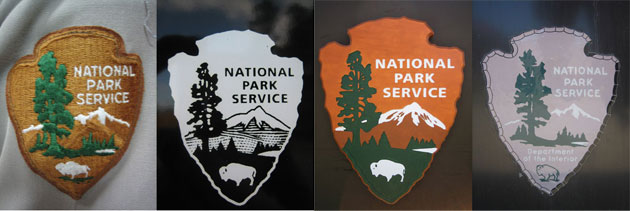
Various implementations of the National Park Service System logo provided keyelements for my contribution to the Urban Forest Project at New York City’s Times Square, Fall 2006,
The elements on the logo represent the major facets of the national park system. The Sequoia tree and bison represent vegetation and wildlife, the mountains and water represent scenic and recreational values, and the arrowhead represents historical and archeological values.
The bison is also the symbol of the Department of the Interior. The logo became the official logo on July 20, 1951, replacing the previous emblem of a Sequoia cone, and has been used ever since.
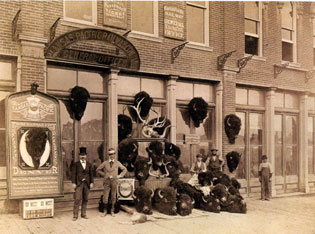
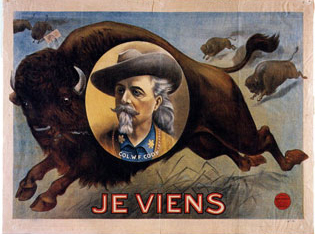
From Geoffrey C. Ward, The West – An Illustrated History (left), and R.L. Wilson, Buffalo Bill’s Wild West – An American Legend (right).
Opening up the Amercian West by railroads end of the 19 th. century, lead to the near distinction of the previously innumerable buffalo or bison herds. Hundreds of thousend were killed for ‘sport’ by throphy hunters, helped by guides like William F. Cody, better known as Buffalo Bill. Cody was so famous that his name or the name of his entertainment group was unnecessary to draw crowds, even in Europe.
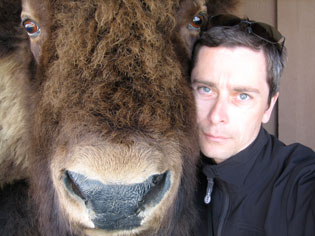
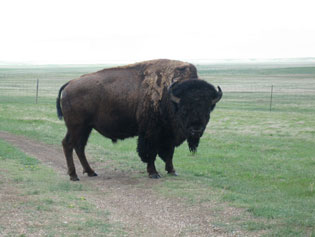
Bison today: dead and stuffed in roadsize tourists traps, or alive and trapped between barbed wire (did you try the lean meat of Buffalo Burger yet?).
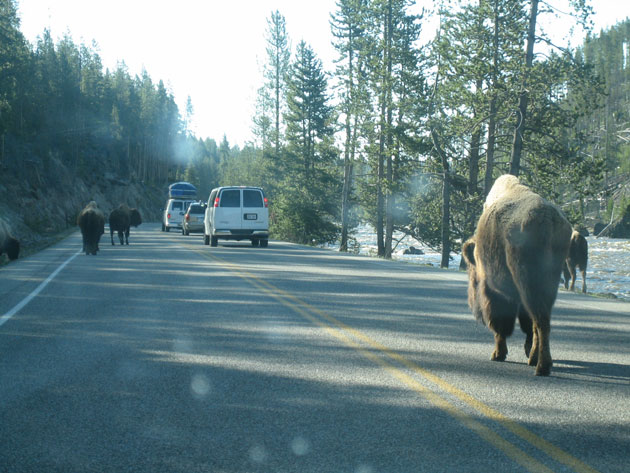
Yellowstone National Park, spring 2006: traffic ‘obstructed’ by wildlife.
Text for The Urban Forest Project:
We all like to escape the hustle and bustle of the cities, and be re-created in the Great American Outdoors. But, we insist on getting there individually and ‘free’ by driving our SUV’s, trucks and 4WD cars. In the peak season, the parks are facing vast traffic and parking problems. Maybe that’s the reason why the bison in the NPS logo usually looks so dull…
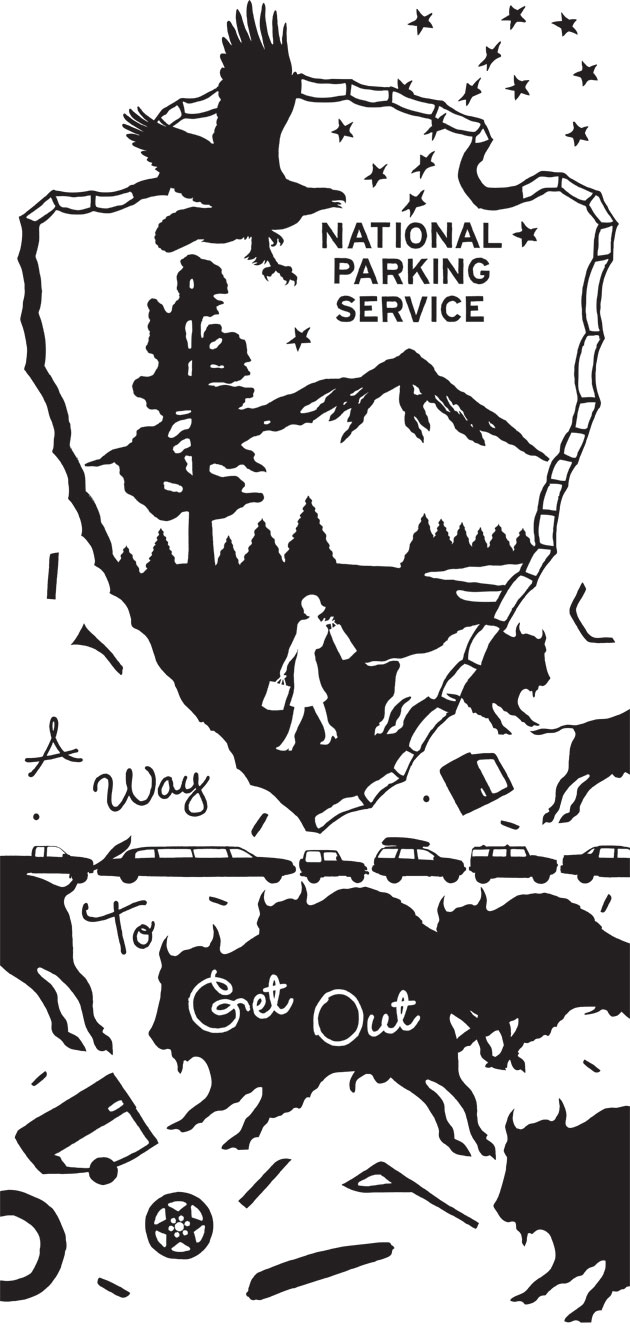
See also Bison bison